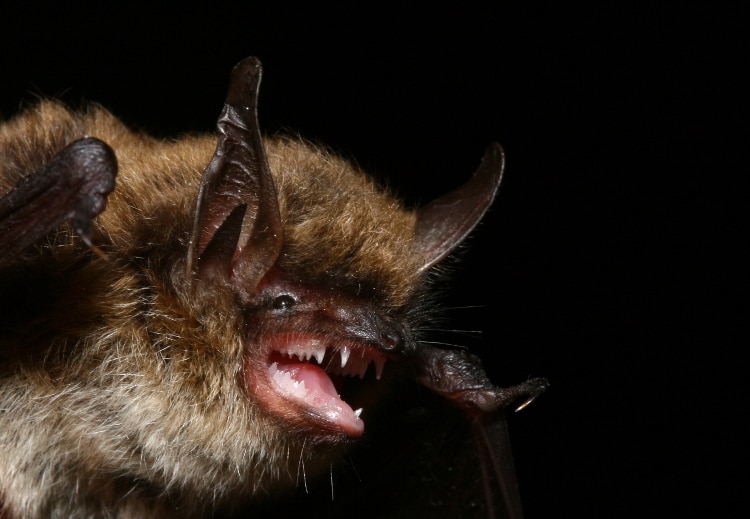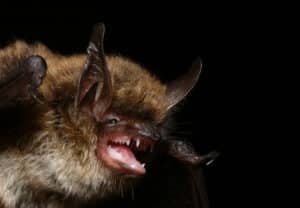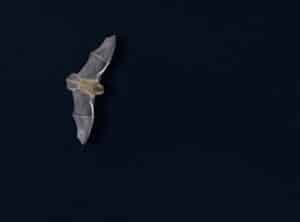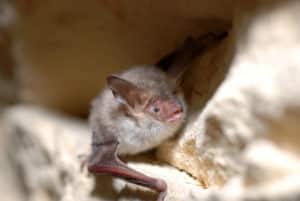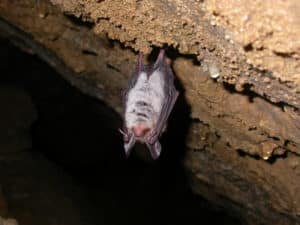In the Lake Geneva basin, the number of bats present in Switzerland has been counted. That's almost a third of the region's mammals!
The only flying mammals, bats are also the only land mammals that use echolocation. This natural sonar enables them to perceive their environment with precision, detecting objects as fine as a hair from several metres away. This ability is essential for hunting insects and invertebrates, their main source of food in the region.
Social, they can form colonies of up to several hundred individuals, like the Great Murin, which roosts in the attics of churches or farmhouses. Others, such as the Whiskered Bat, take refuge behind shutters, while some more discreet species, such as the Bechstein's Bat, prefer forests. If you've ever seen a little bat hunting around a lamppost, it's probably one of the 4 species of pipistrelle, better adapted to light pollution and therefore closer to humans.
Why do they love the lake? Lake Geneva is an essential source of water. As well as being able to drink in mid-air, they find it an abundant source of food. The banks of the lake are densely vegetated with trees, bushes and rocks, making them interesting hunting grounds. Daubenton's Murre, for example, is easily identified when it flies low over the water to capture insects. It is even capable of catching small fry hidden beneath the surface!
Bats play a key role in regulating insect populations, giving them a vital role in the ecosystem of Lake Geneva. Although protected, 7 species are threatened and 15 are on the IUCN red list (@redlist_of_ecosystems), mainly due to urbanisation, light pollution, pesticides and habitat fragmentation.

